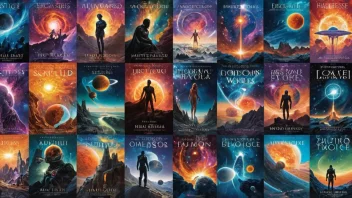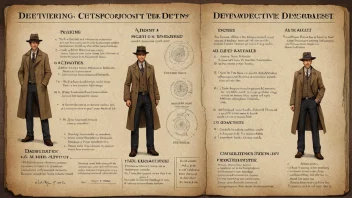In a world saturated with information, the challenge for journalists has shifted from merely reporting facts to effectively communicating those facts in a way that captures and retains audience interest. This shift has led to the incorporation of non-fiction storytelling techniques into journalism, which enhances the depth and richness of news narratives. By integrating narrative structures often found in literature, journalists can create compelling stories that resonate with readers on multiple levels.
Non-fiction storytelling in journalism is about more than just presenting information; it is about crafting a narrative that draws readers in. This approach emphasizes the importance of character development, conflict, and resolution. For instance, a journalist can transform a report on poverty into a story about a family's struggle to make ends meet, weaving in their hopes, fears, and aspirations. By focusing on the personal journey of individuals affected by broader social issues, readers can better empathize and connect with the story.
Additionally, non-fiction storytelling encourages journalists to explore the emotional dimensions of news. Emotional engagement is a powerful driver of reader interest, and when journalists tap into the emotional experiences of their subjects, they create a narrative that resonates on a human level. A story about climate change, for instance, could feature a farmer witnessing the effects of drought on his livelihood, painting a vivid picture that statistics alone cannot convey. This emotional connection prompts readers to not only engage with the content but also reflect on their own beliefs and actions.
Another vital aspect of non-fiction storytelling is the ability to provide context. In today's fast-paced news environment, where information is often presented in isolated snippets, context is crucial for understanding. Journalists who employ narrative techniques can weave in historical background, expert insights, and situational factors into their stories, allowing readers to grasp the complexities of issues. A piece on immigration, for example, can benefit from historical context about migration patterns, policy changes, and personal testimonies, enriching the reader's understanding of the topic.
Moreover, as digital platforms continue to evolve, the incorporation of multimedia elements into non-fiction storytelling has become increasingly important. Journalists can enhance their narratives through visual storytelling, audio clips, and interactive graphics. A report on a recent protest might include video footage, photographs, and social media posts from participants, creating a multi-sensory experience that engages readers in a dynamic way. This multimedia approach not only attracts attention but also caters to various learning styles, making the information more accessible.
However, the integration of non-fiction storytelling into journalism comes with ethical considerations. Journalists must navigate the fine line between storytelling and sensationalism, ensuring that they represent facts accurately while still creating compelling narratives. Maintaining journalistic integrity is essential, as audiences rely on trustworthy reporting for their understanding of critical issues.
In conclusion, non-fiction storytelling has emerged as a transformative force in journalism, allowing for more engaging and relatable narratives. By utilizing narrative techniques, emotional engagement, and multimedia elements, journalists can craft stories that resonate with audiences, fostering understanding and empathy. As journalism continues to evolve, the art of storytelling will remain crucial in bridging the gap between facts and the human experiences behind them.
Narrative Techniques: Bridging Non-Fiction and Journalism
Explore how narrative techniques from non-fiction storytelling are reshaping journalism to create more engaging and relatable news narratives.






